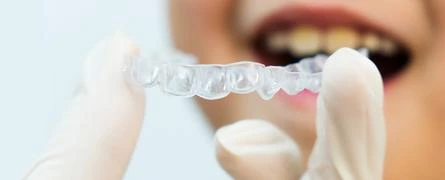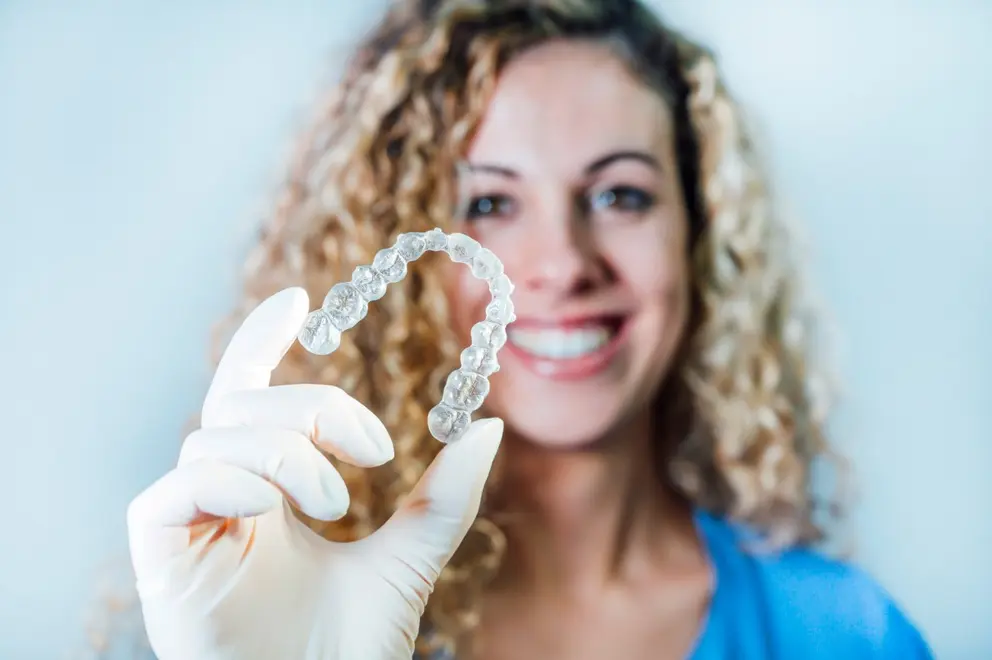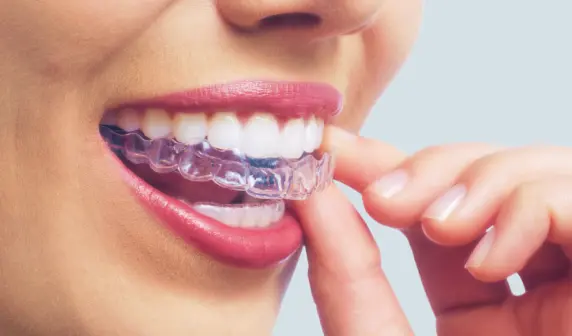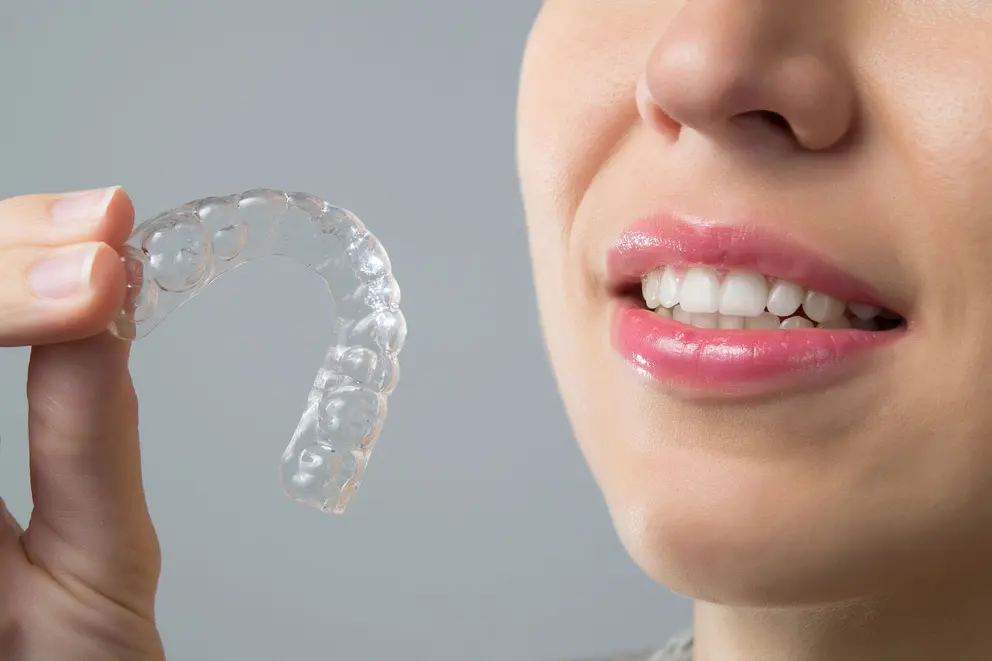
Make Your Retainer Fit Again
Avoid forcing your retainer if it doesn't fit properly. It could harm your teeth or damage the retainer. This discomfort may be because of a misshapen retainer or shifted teeth.
In such cases, reach out to your orthodontist. They will check your teeth and retainer during your appointment.
For a Hawley retainer, adjustments can be made for a better fit. For clear plastic retainers, a new set can be created from the original or a new mold.
This is part of orthodontic care for shifted teeth post-retainer use. This is a common issue in orthodontic treatment. Even with permanent retainers, teeth can shift over a long time.



